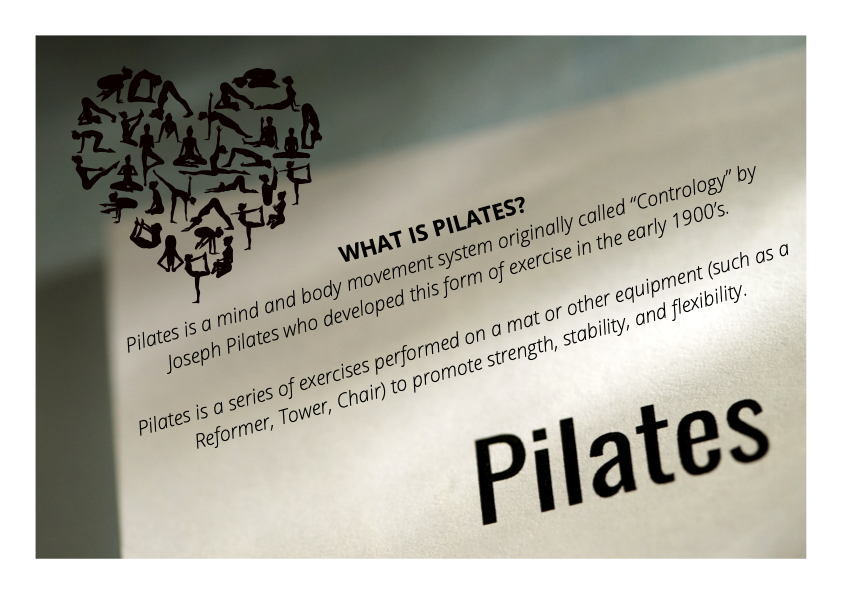What is Pilates?
In 10 sessions you’ll feel the difference,
In 20 you’ll see the difference and
In 30 you’ll have a whole new body ~ Joseph Pilates
Are you ready to try something new and amazing? Experience the wonder of Pilates! Learn all about it right here, then take advantage of my special offer at the end - a great introduction for those just getting started.
This blog will outline the following:
What is Pilates?
Reformer, Tower, Wunda Chair
Matwork vs Equipment pilates
The difference between Pilates & Yoga
Clinical Pilates
What is Pilates
That's a great question and a little hard to define!
You may not have even heard of Pilates at all. And if you have heard of it, are wondering what makes this form of exercise different from others out there. To that I say: keep reading! There's a lot to explain and I certainly won't go into everything here — for that, I suggest doing a Google search for "what is Pilates?"
But here are some basic things to know.
principles and benefits of pilates
Pilates is a sequence of repetitive exercises completed on a mat/floor (also known as matwork) or other equipment (for example a Reformer)to promote strength, stability, and flexibility.
The Pilates Method was created by Joseph Pilates in the early 1920s. So, it’s been around for a long time!
Pilates is safe & effective
Pilates is a safe and fantastic form of exercise for everyone and every body
Exercises are adaptable
The exercises can be adapted and modified to use for rehab or for anyone with functional limitations.
Clinical Pilates
As a physiotherapist, I incorporate “clinical pilates” into most of my physio sessions from post surgery rehab, back pain to sports injuries and pre/post natal care.
8 benefits of pilates
Develops better posture and improves general health & fitness
Maintains strength, flexibility and balance
Develops core strength to support the body
Increases body awareness
Reduces back pain and improves joint mobility
Beneficial pre/post-natal; strengthens pelvic floor muscles and aid labour/childbirth
Promotes sleep
Supports you to move better, feel better and look better
Mat Vs equipment
-
Pilates mat class will work your legs, stomach, lower and upper back muscles. On the mat, your body weight provides resistance against gravity, making the workout more challenging in many cases
-
The Pilates equipment (Reformer, Tower etc) acts as a support system for the body by helping assist it into proper form. Springs can be added to build strength in the bigger muscle groups, or lower springs challenge the stabilising muscles.
Conclusion: Which should you choose? Still can’t decide ? Don't stress it, to get started with either is excellent!
pilates equpiment
-
It is a traditional piece of Pilates equipment which looks like a bed with springs, a sliding carriage, ropes and pulleys
-
The Tower is a piece of equipment attached to the Reformer with a fixed mat work on. You sit, stand or lie down on the mat and work with springs that are attached to a Tower. This is my favourite!
-
The Wunda chair is made of wood, with a padded top and a split pedalthat can be used independently. The pedal is attched to springs to create resistance for the exercise









